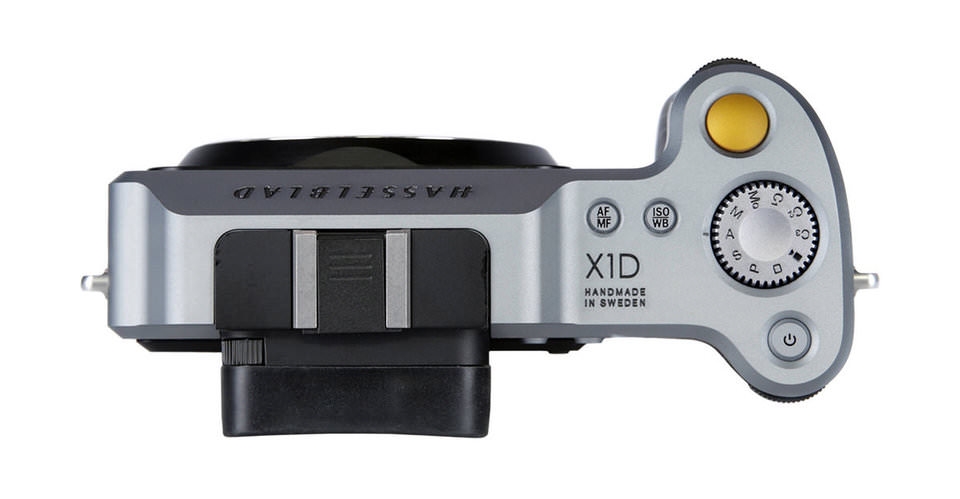Digital Photography Review had a chance to test the X1D and it definitely seems impressive.
Not only is it beautiful on the outside but it has all the right things packed into its gorgeous little body. What would you say about a 50-million-pixel CMOS sensor and a top ISO setting of 25,600?
One of the most remarkable things about the Hasselblad X1D is its size. It is smaller than the average DSLR and only just as big as the larger Micro Four Thirds camera bodies – which is quite something for a medium format camera. The general design is sleek and the echoes of Hasselblad’s V system are clear in the square face around the lens mount.
Interestingly, Hasselblad has chosen to use a Nikon compatible hotshoe on the X1D, so users have a collection of Nikon branded units to couple with the camera as well as Nikon ‘fit’ models from the independent manufacturers. Metz used to be the company’s flash partner.
As with the Hasselblad H6D, the X1D has a top flash sync speed of 1/2000sec. The lenses have shutters in them, so every shutter speed offered by the camera can be used with flash without the loss of power that typically comes with high speed flash sync modes.
Dual flaps on the left hand side of the camera open to reveal twin SD card slots. It offers a microphone socket and a second socket for audio monitoring as well as Mini HDMI and USB 3 for tethered shooting and image download.
The flaps are protected with O rings to ensure the ports are splash proof, and the whole camera is sealed against weather and dust.
The main rear screen looks big in comparison to the camera body, but it’s only the standard 3in size. It is clear and responsive – though the firmware is still very early on the bodies I got to try.
The shooting display screen is clear and designed in large print – and each item can be activated for adjustment by touching the display.The menu screens and displays are controlled via a series of swiping motions, much as we are used to in smartphones. While the live view display is active, as shown here, a swipe down from the top of the screen pulls down the information display that also delivers direct and quick access to exposure controls. It all feels pretty slick and well thought out.
Read the full review with pictures over at Digital Photography Review.
Source: Digital Photography Review

